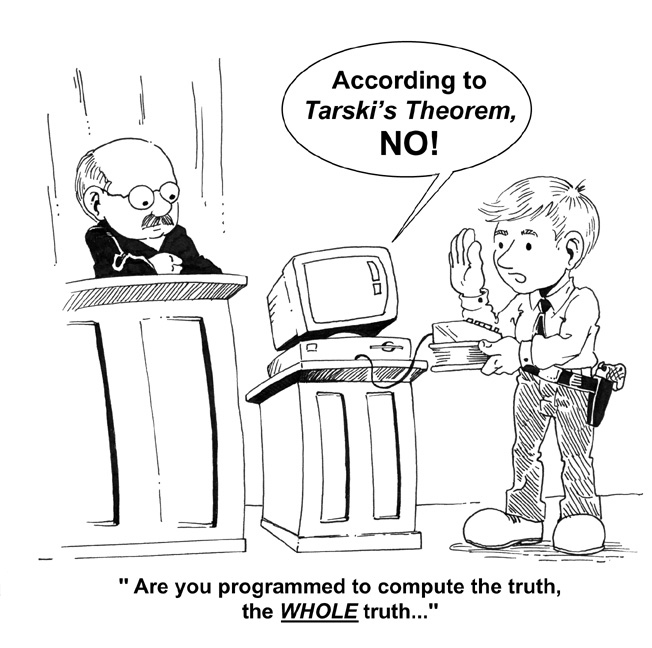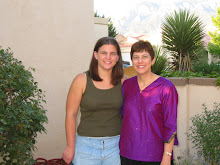
The Metamorphosis Project continues the transformation in technology use in the ESL classroom. Ning last year and wetpaint this year proved engaging and educationally valuable, but these platforms have been short-lived and have not become an integral part of the long-term curriculum - partially because of the demand placed on the knowledge and skills of a single member of the ESL team and because of limited connectivity at ISB in the past.
The Metamorphosis Project itself is a wonderful collaboration amongst the HS tech expert, Dennis who created and demonstrated a model; Andrew who brought the idea from last year's tech conference; ELW partners Elma and Karen Reau who developed the project as well as support from Kim and Jeff. It is the perfect project to blend technology and content. Personal narratives are already taking shape with metaphors ranging from fireworks to butterflies. The digital stories are coming soon!
My hope is that projects using technology as a tool to deeper thinking and greater creativity will be integrated into the ESL curriculum as we,the teachers, gain more confidence with both technology use and with the knowledge that we can let go of some traditional instructional activities to make room for new ways. I understand, after this class, this means to utilize an array of tech tools depending on purpose. One size does not fit all.
The Metamorphosis project requires the traditional written narrative prior to the digital presentation which gives students double work for a single focus. Compromise is part of collaboration, so I am delighted that my colleagues have agreed to experiment with this project and hope that the transformation continues in High School ESL and beyond.








